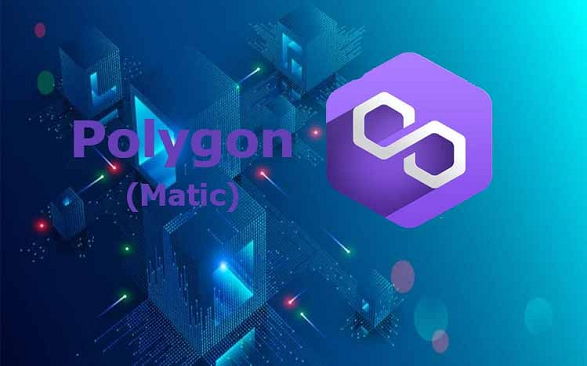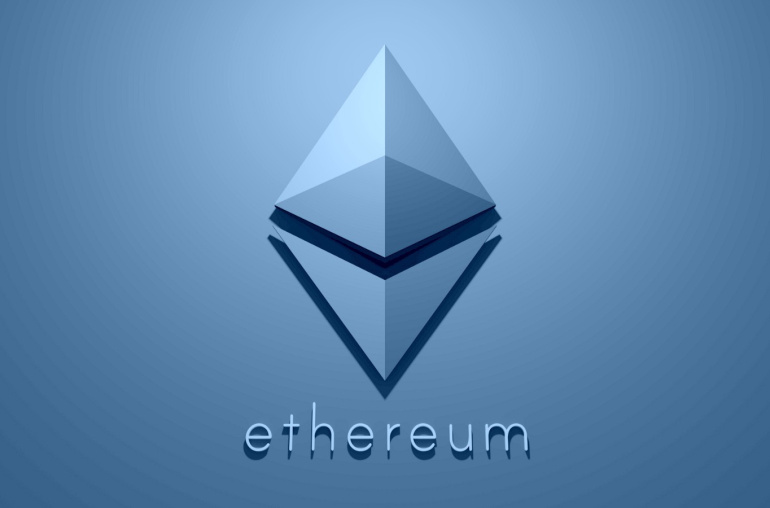Polygon, formerly known as MATIC network, is an Ethereum-based platform designed to enable developers to build decentralized applications (dApps) that are highly scalable. It is commonly described as a blockchain platform built by developers for developers. The platform maintains an infrastructure that enables anyone to access the Ethereum blockchain, making up the Polygon ecosystem.
The Ethereum network is mostly busy and coupled with its operating mechanism, transaction (gas) fees are often on the high side with slow network speed. But developers and users want a platform where transaction fees are low and security is guaranteed. Polygon offers a solution to the pressing problems associated with Ethereum, the leading smart contract platform (Ethereum). This is why Polygon has grown to become a fast-growing blockchain protocol. The Polygon ecosystem is growing strong.
In this article, we discuss what Polygon is, its architecture, features, and the way it works as well as its native token, MATIC.
Read also: What is Blockchain Technology? Meaning, Types, and Use Cases
Understanding Polygon
Polygon is an ETH-compatible decentralized application platform determined to bring cheap and secure blockchain technology solutions to the masses. It is particularly a protocol and framework for building and connecting Ethereum-compatible blockchain networks. The open-source platform was developed by a decentralized team of contributors including Jaynti Kanani, Anurag Arjun, Sandeep Nailwal, and Mihailo Bjelic.
The layer-2 protocol supports two types of Ethereum-compatible blockchain networks, including stand-alone chains and networks that leverage security-as-a-service (Saas) otherwise called secured chains. Also, Polygon has a unique architecture consisting of four abstract, composable layers. These four layers on the platform which have distinct functions are dubbed the Ethereum layer, Security layer, Polygon Networks layer, and Execution layer. For projects in the Polygon ecosystem, these unique features make their Polygon-based projects competitive.
Polygon aims to be the first free-to-use decentralized applications (DApps) store for anyone who intends to build DApp . This means that developers can build anything from simple games or services, all the way through to complex financial systems like those used by crypto exchanges or banks.
As stated by Polygon, Polygon combines the best of Ethereum and sovereign blockchains into a full-fledged multi-chain system. It can fully benefit from Ethereum’s network effects and is inherently more secure, more open, and more powerful than Ethereum.
It is worth noting that the Ethereum-scaling platform was founded in 2017 as MATIC. Later in February 2021, it was rebranded to ‘Polygon’ sequel to its mainnet (POS and Plasma chain) launch in June 2020.
Read also: What are the top 5 blockchain projects you should know?
How Does Polygon Work?
Polygon is a layer-2 convention on top of Ethereum which is interoperable with other blockchains. This implies that Polygon uses the Ethereum (ETH) blockchain to provide security and stability for decentralized applications built on its underlying architecture. Polygon is the global and sustainable Web3 infrastructure built on Ethereum.
In solving the slow transaction problem on Ethereum, Polygon uses the proof-of-stake (PoS) layer to validate blocks and publish periodic proofs (known as ‘Merkle roots’) of the blocks produced by the Block Producers to the Ethereum mainchain. In turn, this results in an extremely fast (< 2 seconds) block confirmation time while providing a high level of decentralization. With this decentralized PoS concept, the Polygon network can theoretically process millions of transactions per second with the usage of multiple side chains. By the way, with the Ethereum Merge, Ethereum is also currently transiting to a PoS consensus mechanism.
To reach a consensus on the Polygon network, Polygon employs a Proof-Of-Stake (PoS) mechanism where MATIC is the token that can be staked. Also, with the utilization of several sidechains, Polygon serves as a multi-level protocol. Meanwhile, a sidechain is a distinct blockchain that runs on its own but is connected to Ethereum Mainnet by a two-way bridge. Sidechains are often designed for the efficient processing of transactions.
The Polygon software development kit (SDK) is the foundation of the network. SDK has seven (7) Ethereum-scaling solutions, including Polygon PoS, Polygon zero-knowledge Ethereum Virtual Machine (zk-EVM), Polygon Avail, Polygon Edge, Polygon Nightfall, Polygon Miden, and Polygon Zero.
What is MATIC?
MATIC, the 13th largest cryptocurrency by market capitalization of approximately $6.7 billion, is the native token of Polygon. According to Coinmarketcap, the popular price-tracking platform, MATIC has a total supply of 10 billion. On New Year day in 2022, MATIC hit its all-time high of $2.52 per coin, according to Coinmarketcap data.
The utility token is regarded as the lifeblood of Polygon chains as it is used to secure and govern the network via staking. Also, MATIC is the token that drives the Polygon platform as it serves as the ‘gas’ of the network. That is, when users execute any transaction or use a Polygon application, a fee in MATIC is required to use the Polygon chains.
With MATIC, users can vote on ecosystem proposals thereby participating in the governance of the Polygon platform. It is worth mentioning that by staking MATIC, users get to secure the network and earn rewards in return. Almost 4 billion MATIC tokens have been staked so far.
Read also: What is Cryptocurrency?
Top 5 Blockchain Projects in the Polygon Ecosystem
From decentralized finance (DeFi) to non fungible tokens (NFTs), game finance (GameFi) to centralized exchanges (CEXs) and decentralized exchanges (DEXs), Polygon has a fast-growing growing ecosystem. These projects leverage Polygon’s transaction speed and low-transaction fees, compared to Ethereum for example. According to Coinmarketcap data, the top 5 blockchain projects in the Polygon ecosystem are as follows:
- JellySwap
JellySwap is the no. 1 blockchain project in the Polygon ecosystem. A platform that allows users to trade cryptoassets across different layer-1 blockchains. This is otherwise called a decentralized cross-chain atomic swap platform.
- QuickSwap
A fork of Uniswap, the most popular decentralized exchange (DEX), Quickswap is a DEX that offers users access to quick, cheap, and secure swaps on the Polygon network.
- Opacity
This is a file-storage platform that enables users to self-custody their data and give them exclusive access to users’ files via an encrypted private-key-like ‘handle’. Opacity brings decentralization to privacy.
- Mai Finance
It is Polygon’s first native stablecoin protocol that enables users to borrow money against your cryptoassets and pay the money back without interest. When you use the MAI stablecoin, only a fee is chargeable.
- Impermax
Currently the top 5 blockchain project in the Polygon ecosystem, Impermax is a decentralized protocol that enables users to indirectly provide liquidity. Essentially, users lend their tokens to liquidity providers to serve as liquidity pools. The idea is to eliminate the risk of impermanent loss which can arise when two assets a trader holds on a DEX experience price discrepancies.
Read also: What are the top 5 centralized crypto exchanges you should know?
Read also: Top 5 Decentralized Crypto Exchanges You Should Know
Conclusion
Polygon, though still young, has proven to be valuable in the crypto sphere and it is already growing in popularity. Top companies such as Instagram, Meta, Stripes, Adidas Official, and Prada among others have adopted Polygon. While Instagram and Meta have launched NFTs on Polygon, Stripes recently launched a global payout with crypto using Polygon. These developments continues to make for a vibrant Polygon ecosystem.
At the time of writing, data shows that Polygon has processed over 3.4 billion transactions since inception while daily transactions on the network are over 3 million and more than 135 million unique addresses have been created on the network.
Although it is impossible to predict the future price of the native token of Polygon (MATIC), some individuals are optimistic about the project’s future considering the benefits, use cases, and solutions it brings to the table.
Read also: Introduction to Stablecoins: USDT, USDC, and BUSD
Credit: Ndianabasi Tom
A crypto journalist and content writer who has been talking about cryptocurrency and blockchain technology since 2018, Ndianabasi is a Writer at Crypto Asset Buyer (CAB).
Discover more from Crypto Asset Buyer
Subscribe to get the latest posts sent to your email.




